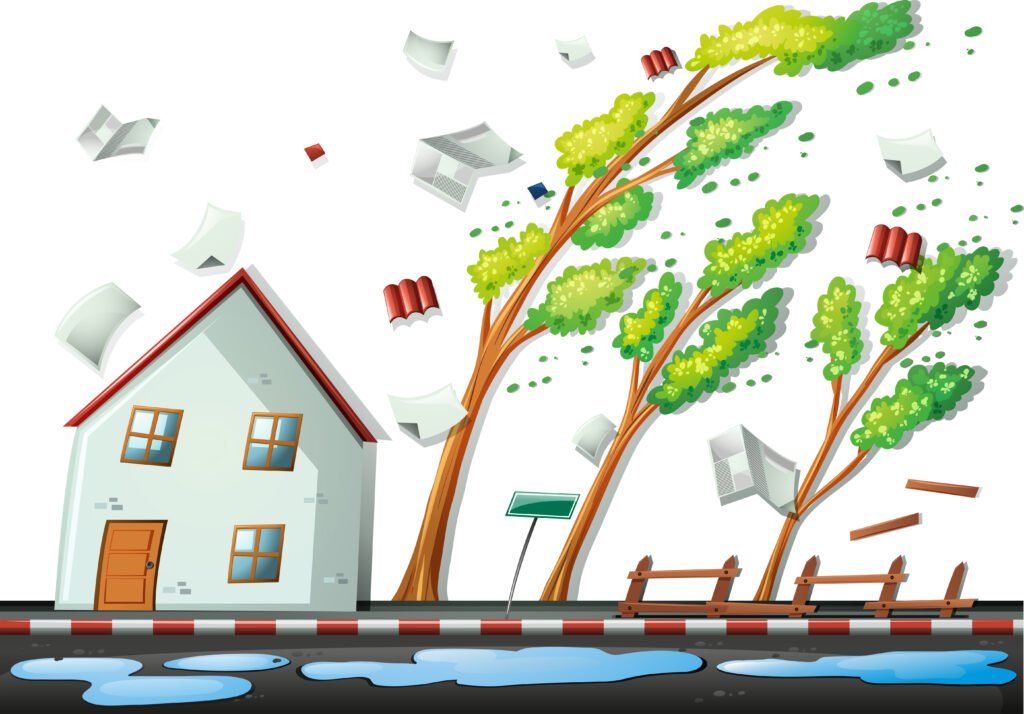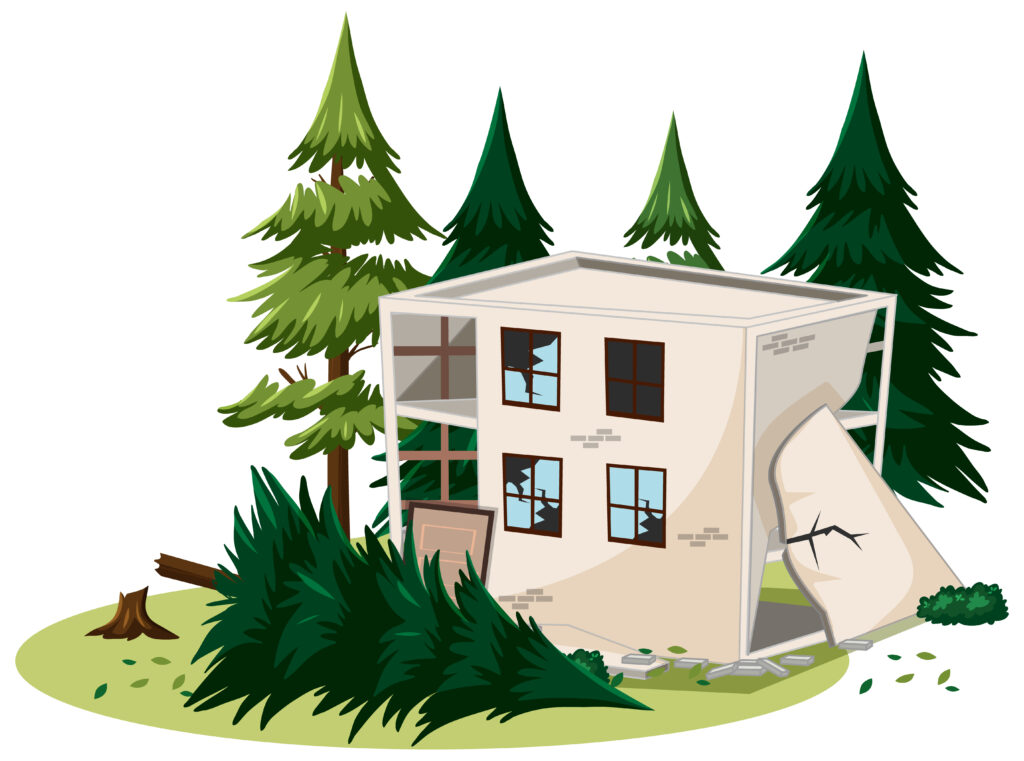Trees, with their towering presence and natural beauty, can become a source of tension when they unexpectedly come crashing down onto a neighbor’s property. In these moments, questions arise about who carries the responsibility for the damages. Understanding the intricate web of liability is key to resolving a fallen tree amicably and fairly.
Understanding Tree Ownership and Liability
Tree Ownership
The first aspect to consider is tree ownership. In most cases, the person on whose property the tree is rooted is considered the owner. However, it’s essential to review local laws and regulations, as some jurisdictions may have specific rules regarding shared or boundary trees.
Tree Liability
When a tree causes damage or injury, liability can arise. Determining liability requires an examination of the circumstances surrounding the tree’s fall. In general, if a tree falls due to natural causes or an act of God, the property owner is usually responsible for the damages.

Factors Influencing Liability
Natural Causes
If a tree falls due to natural causes, such as strong winds or a severe storm, the property owner where the tree was rooted is typically responsible for the damages. It is considered the owner’s responsibility to maintain the trees on their property to prevent any foreseeable risks.
Negligence
Negligence can change the liability equation. If a property owner failed to maintain a tree adequately, knowing it posed a danger, or if the tree was already in a visibly precarious condition, they may be held responsible for the resulting damages. Negligence can also be established if the tree was diseased or structurally unsound, and the owner was aware of the risks but failed to take appropriate action.
Communicating with Your Neighbor About The Fallen Tree
Informing Your Neighbor
If a tree falls on your neighbor’s property or vice versa, open communication is crucial. Inform your neighbor about the incident promptly and express your willingness to address the issue responsibly. Clear and open communication can often help prevent disputes and foster a cooperative approach to resolving the matter.
Insurance Coverage and Claims
Homeowners Insurance
Homeowners insurance policies typically cover damages caused by fallen trees, including those that affect neighboring properties. However, coverage may vary depending on the policy’s terms and conditions. Review your insurance policy and consult with your insurance provider to understand the extent of your coverage.
Liability Coverage
Liability coverage is an essential aspect to consider. Liability coverage helps protect you in the event that a fallen tree causes damage to your neighbor’s property. Ensure that you have sufficient liability coverage within your homeowners insurance policy to handle such situations.

Legal Actions and Disputes
Lawsuits
If the parties involved cannot reach a resolution through communication or insurance claims, legal action may be pursued. Consulting with an attorney specializing in property law can provide guidance on how to proceed with a lawsuit, should it become necessary.
Mediation and Arbitration
In some cases, mediation or arbitration may be a viable alternative to litigation. These processes involve the assistance of a neutral third party to help the parties reach a mutually agreeable resolution. Mediation and arbitration can often be less adversarial and time-consuming compared to a traditional court case.
Preventive Measures for Fallen Tree
Regular Tree Maintenance
To minimize the risk of tree-related incidents, regular tree maintenance is essential. Pruning dead branches, removing damaged or diseased trees, and inspecting trees for signs of weakness can help prevent potential hazards.
Hazard Assessment
Conducting a hazard assessment of trees on your property can provide valuable insights into their condition and potential risks. Consulting with a certified arborist can help identify any potential issues and allow you to take appropriate action to mitigate risks proactively.
Conclusion
When a tree falls on a neighbor’s property, determining who is responsible for the damages involves considering various factors, such as tree ownership, liability laws, and insurance coverage. Open communication, understanding local regulations, and maintaining proper tree care is vital in handling such situations. By taking proactive measures, engaging in constructive conversations, and being aware of your insurance coverage, you can navigate tree-related disputes with your neighbors effectively.
If you have any questions or need help with verification, you can call a YourPolicy agent at (866)236-0203. Give us a call today to make sure you have the right coverage.






